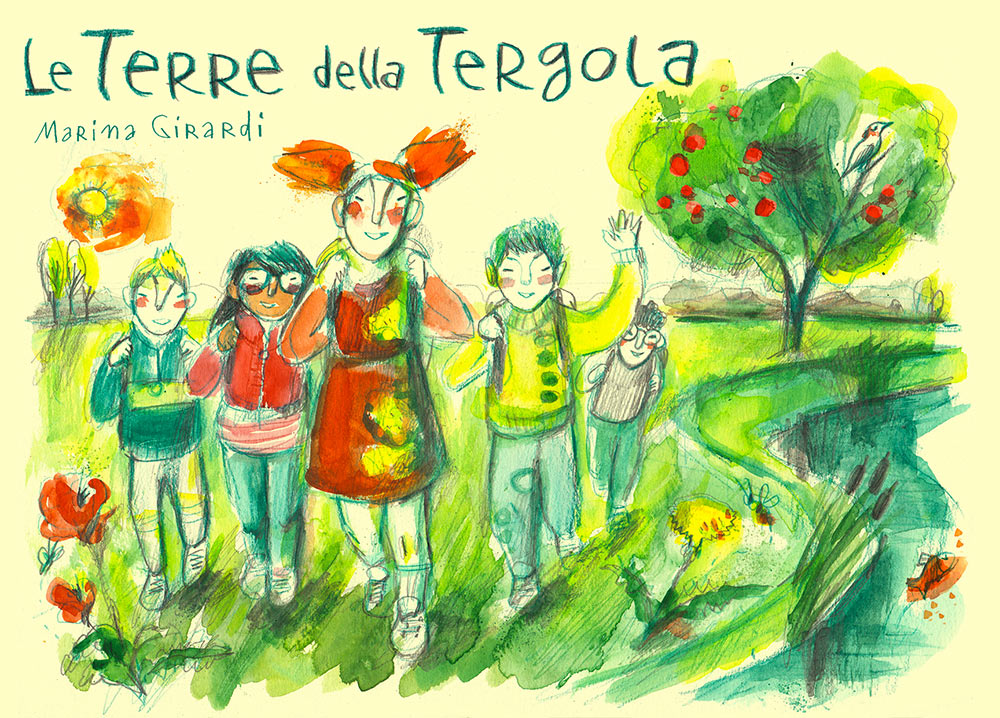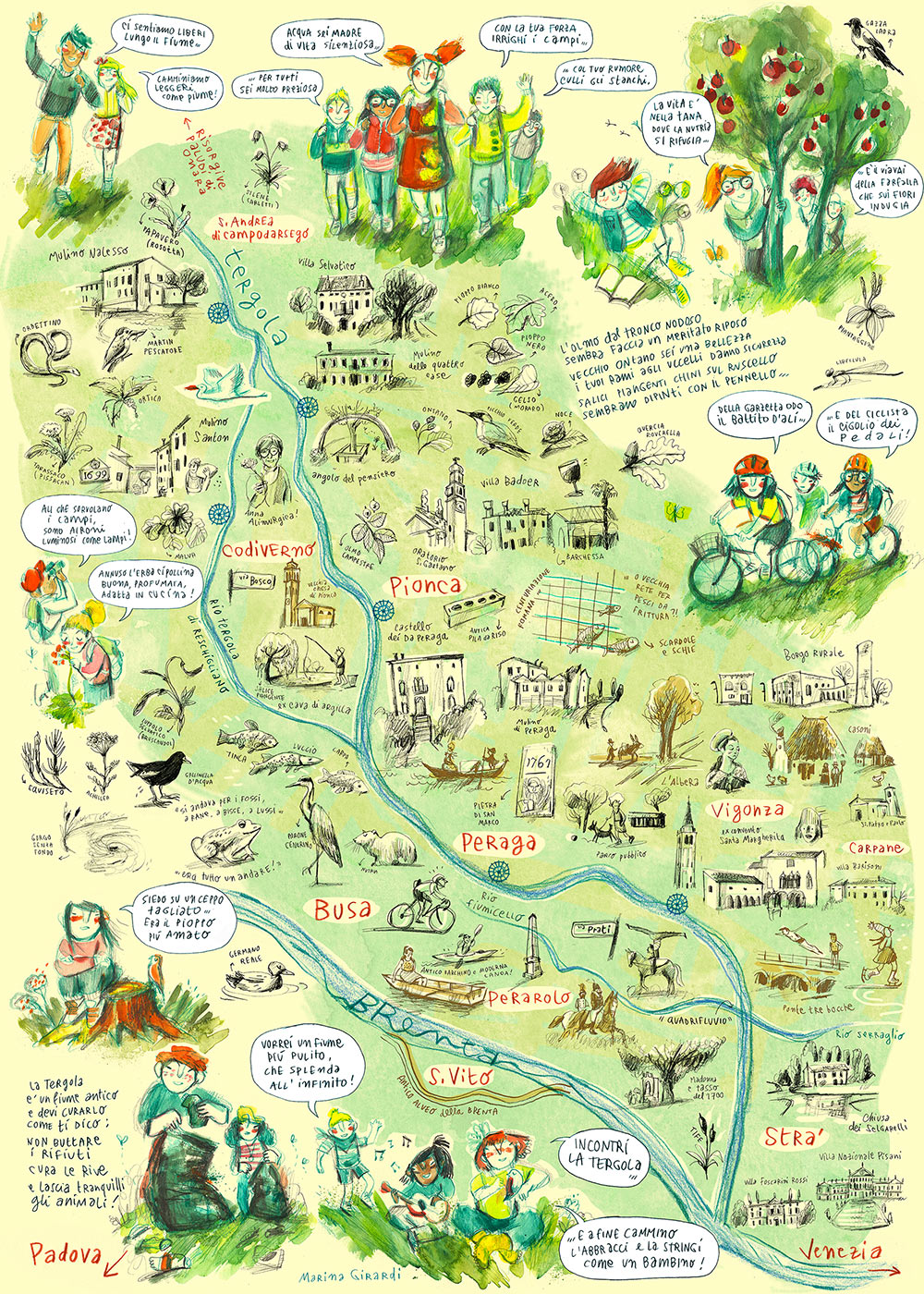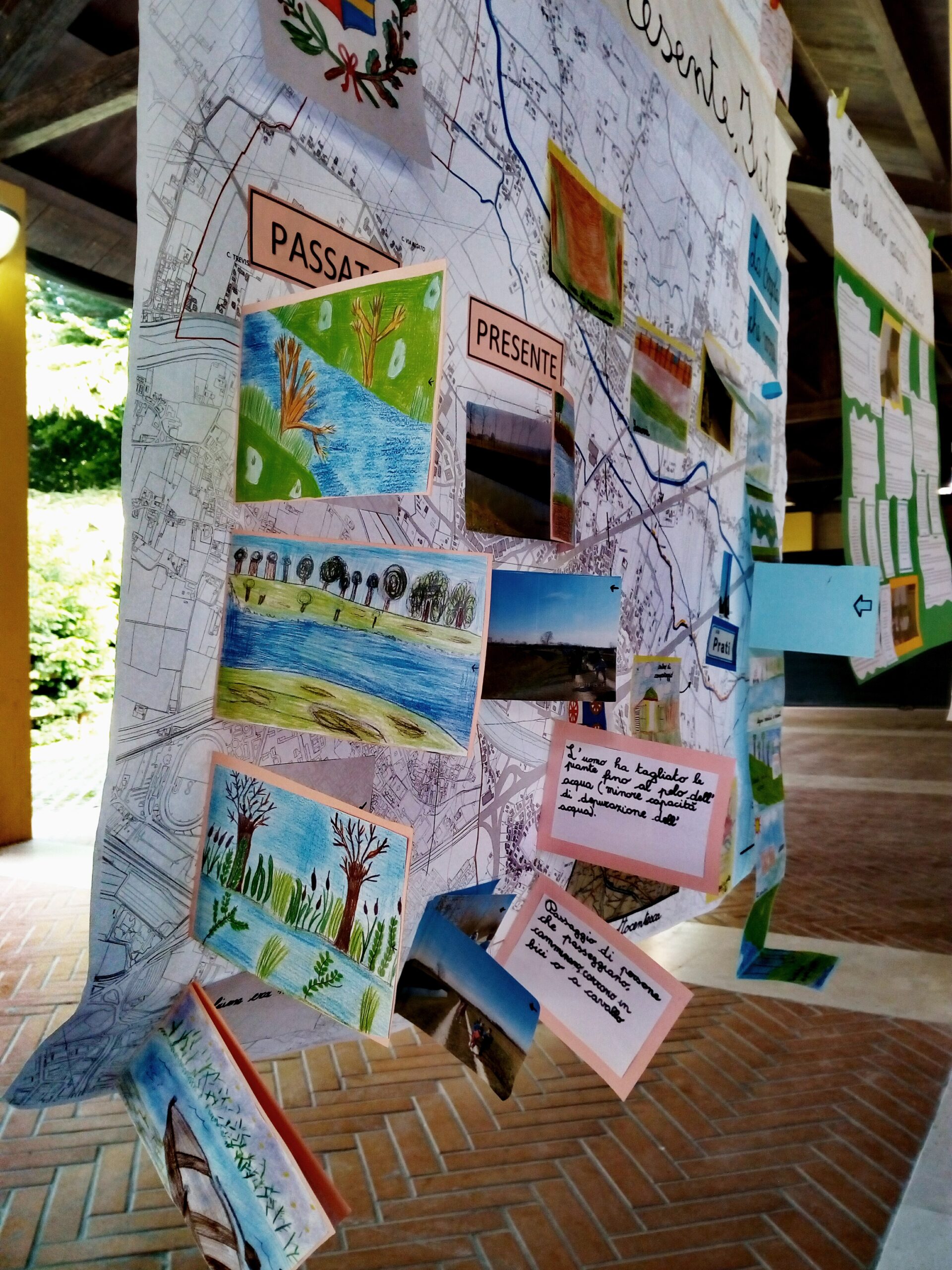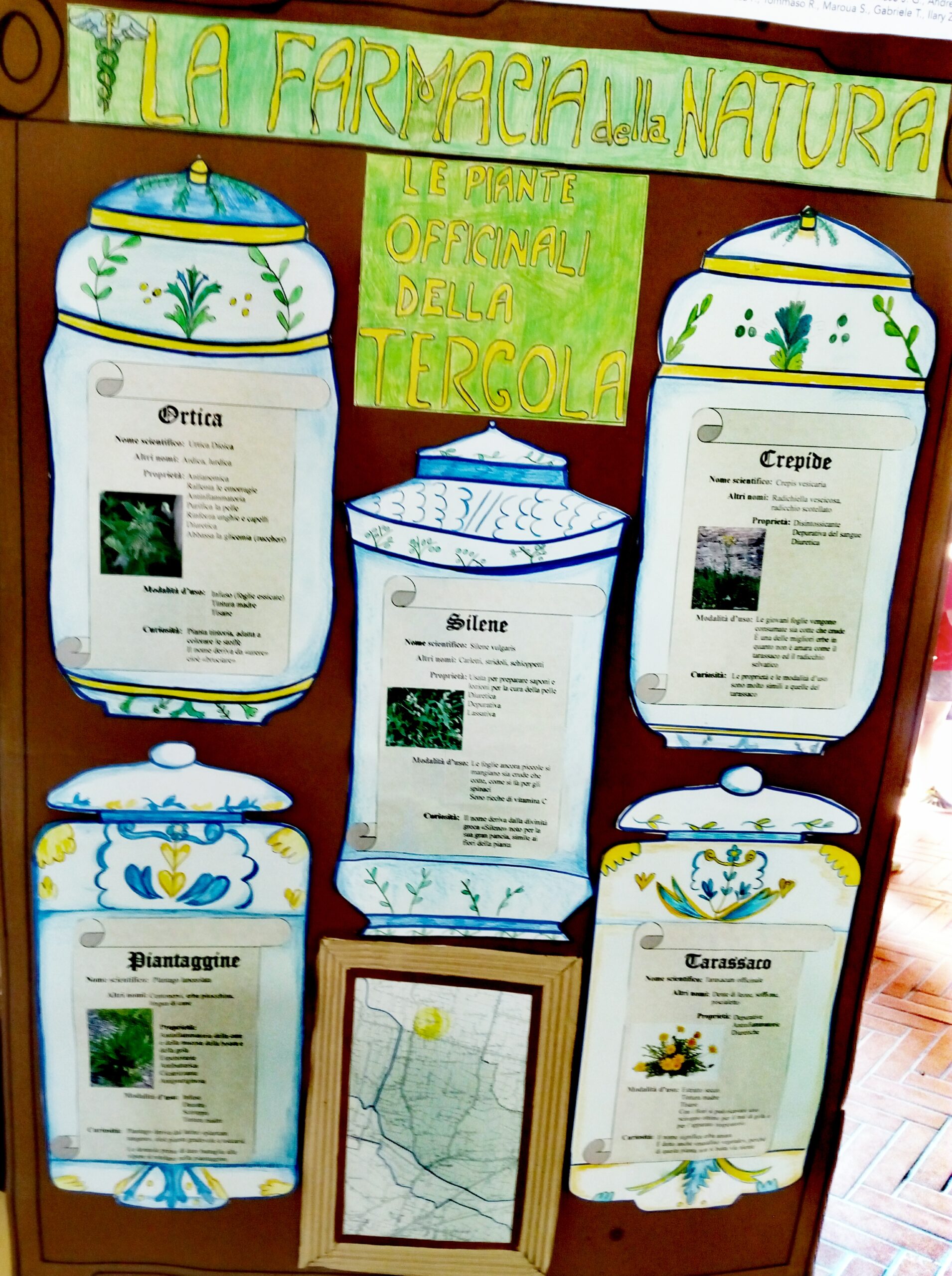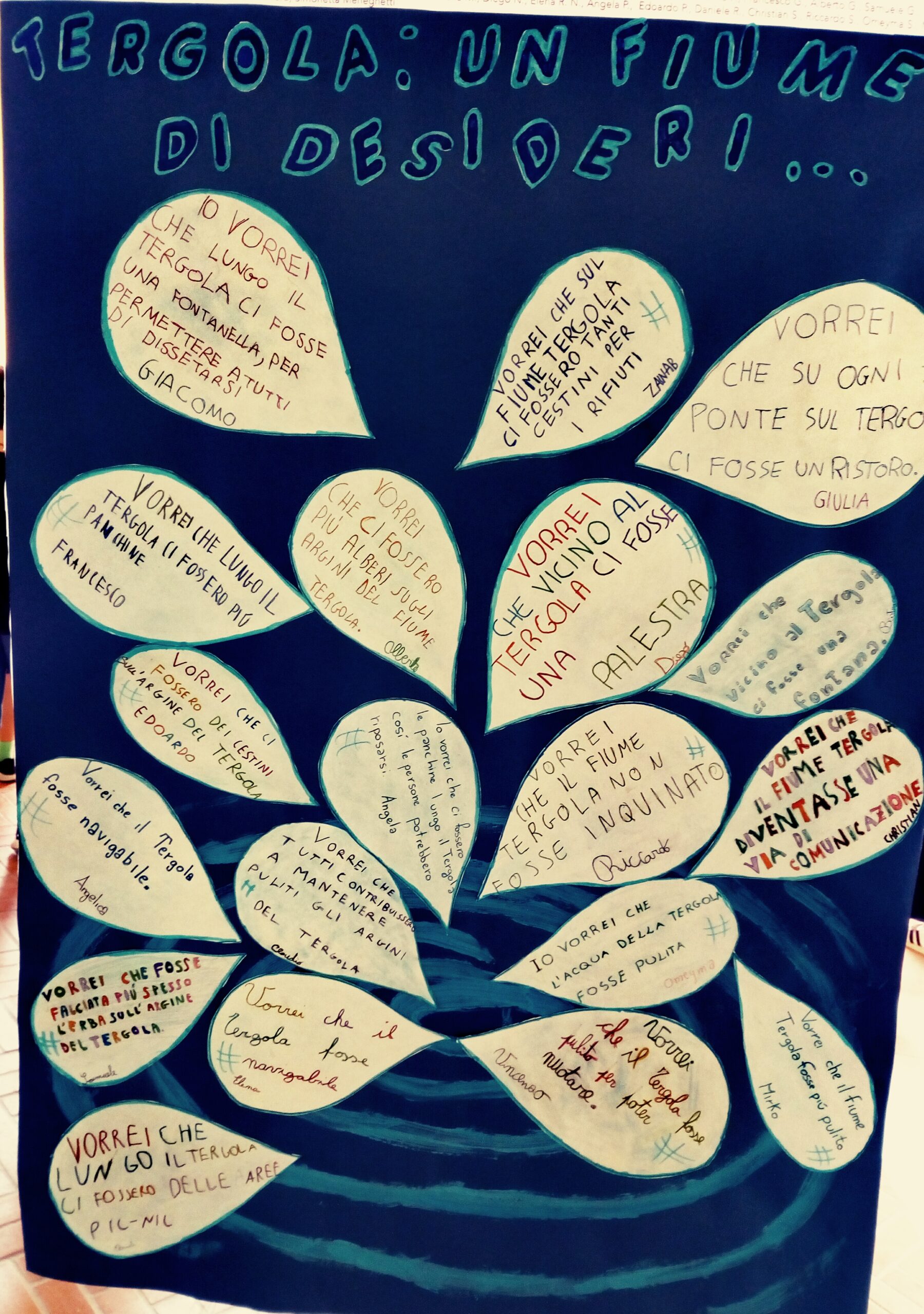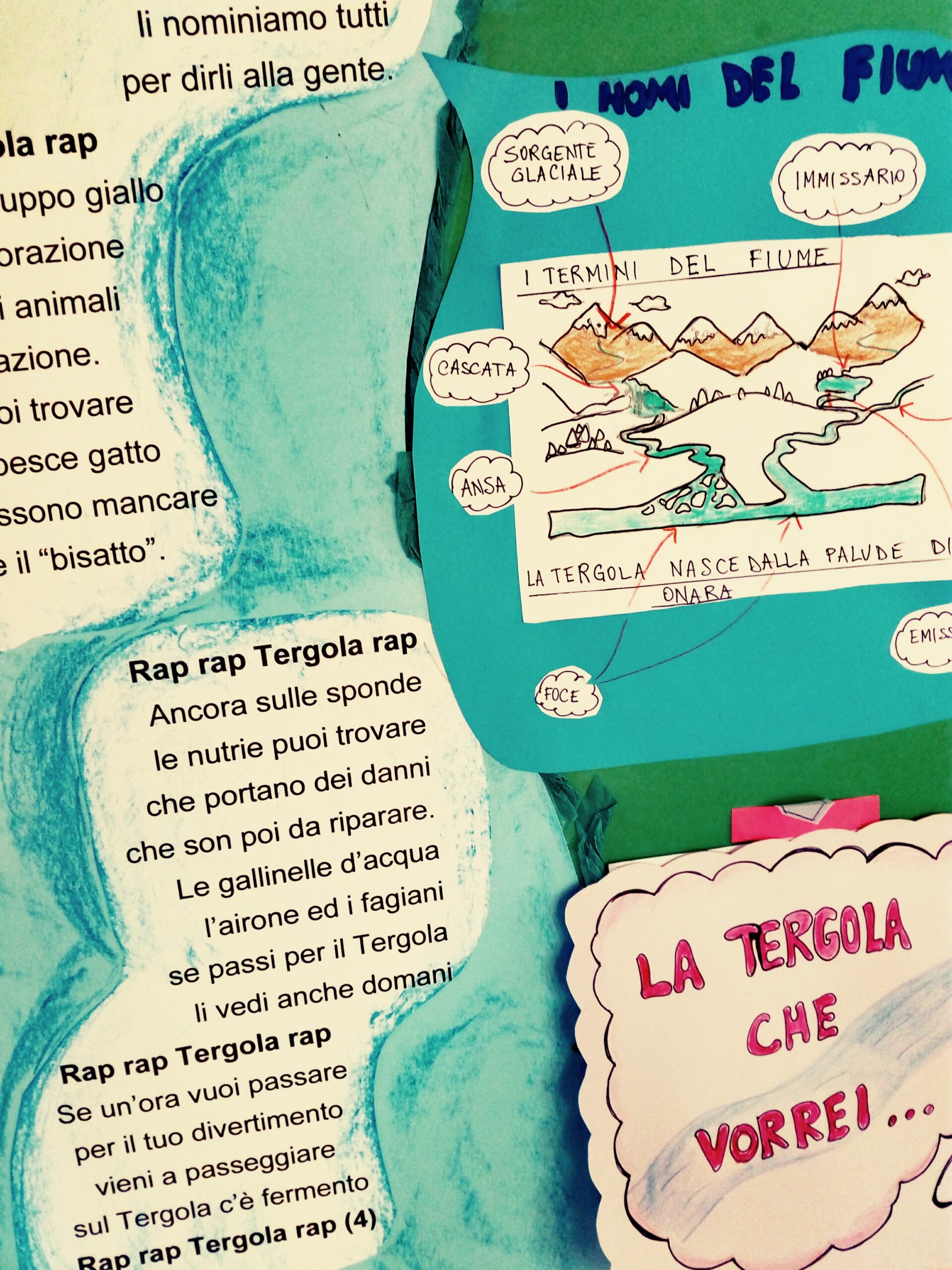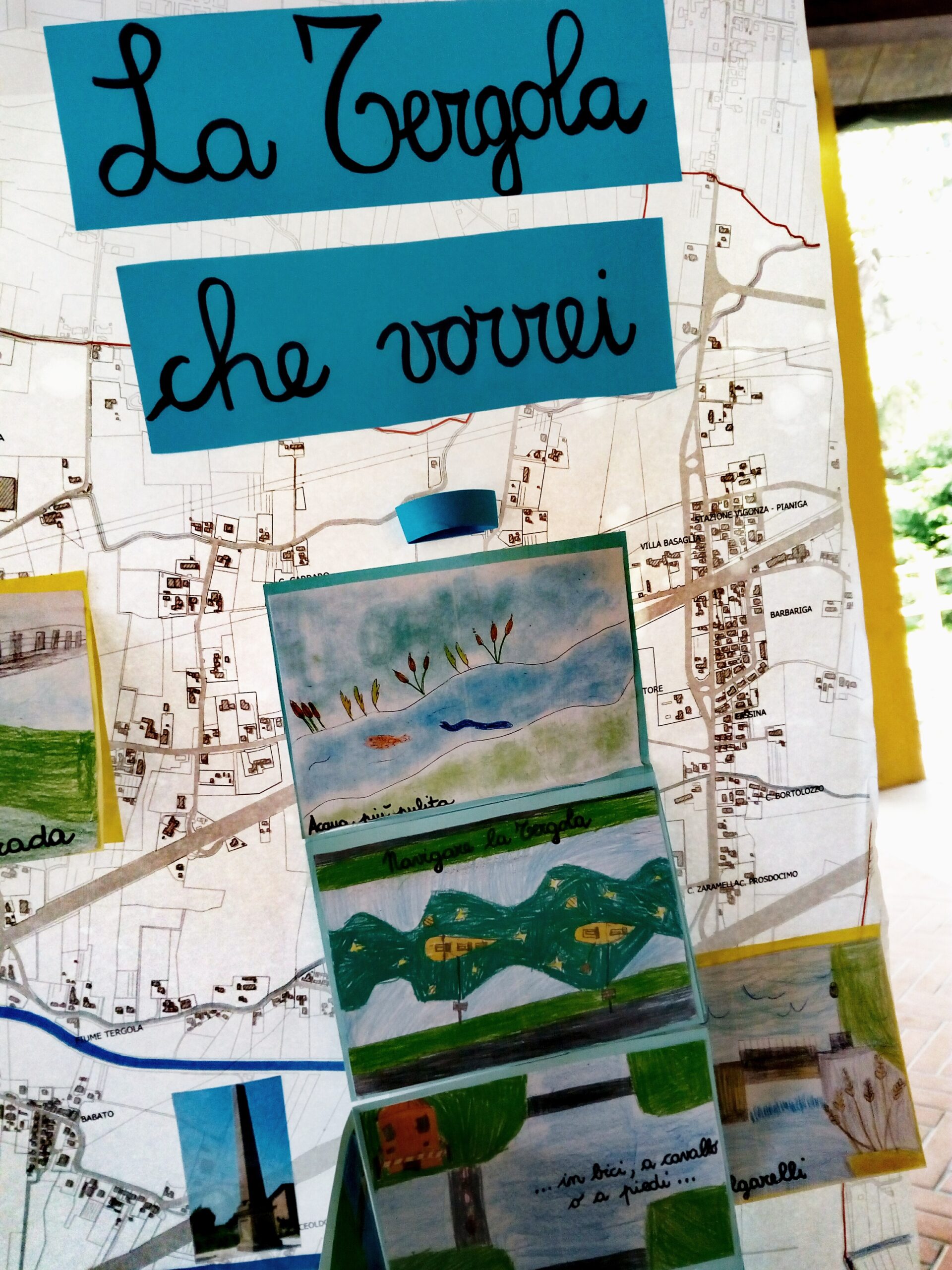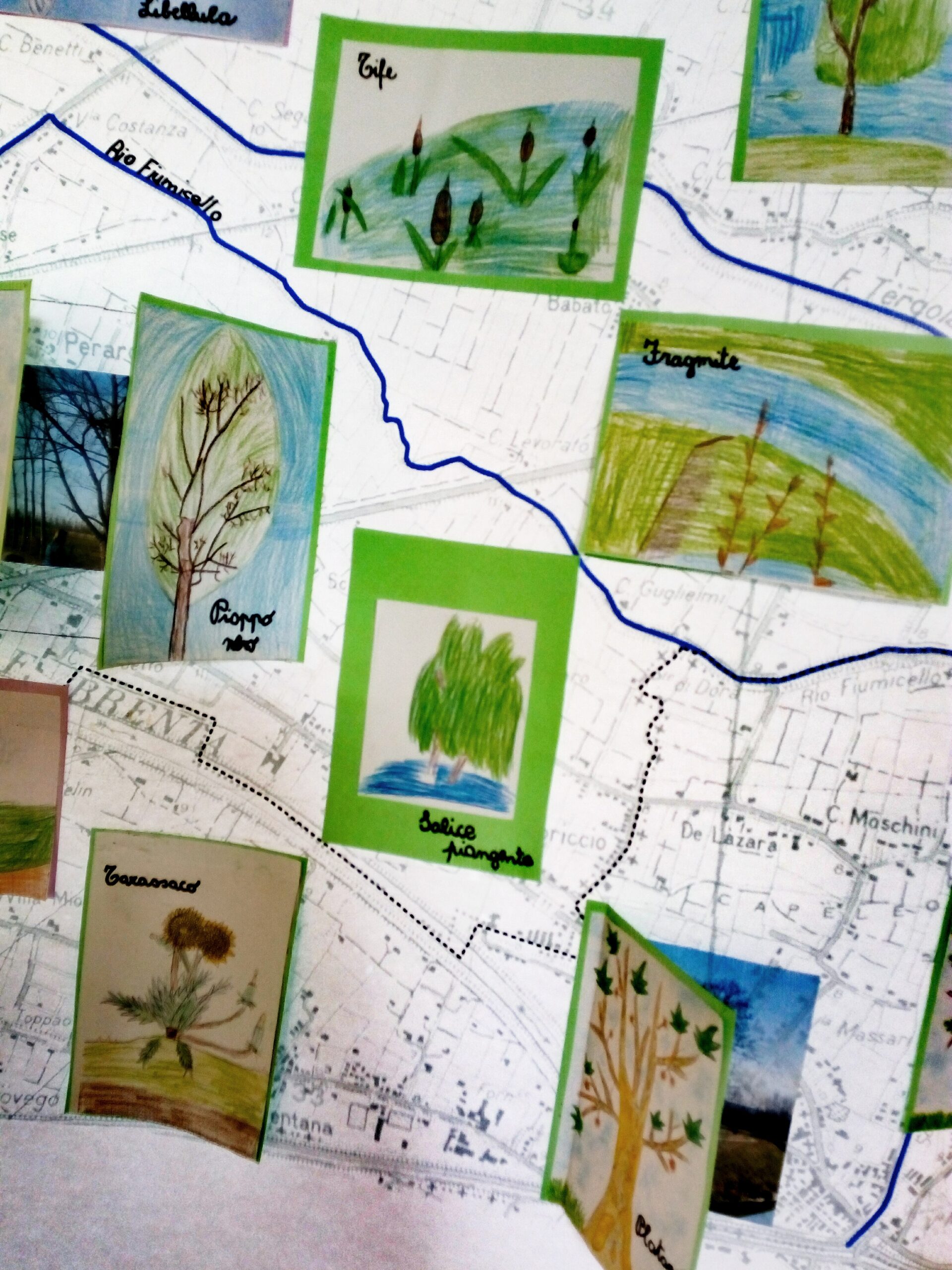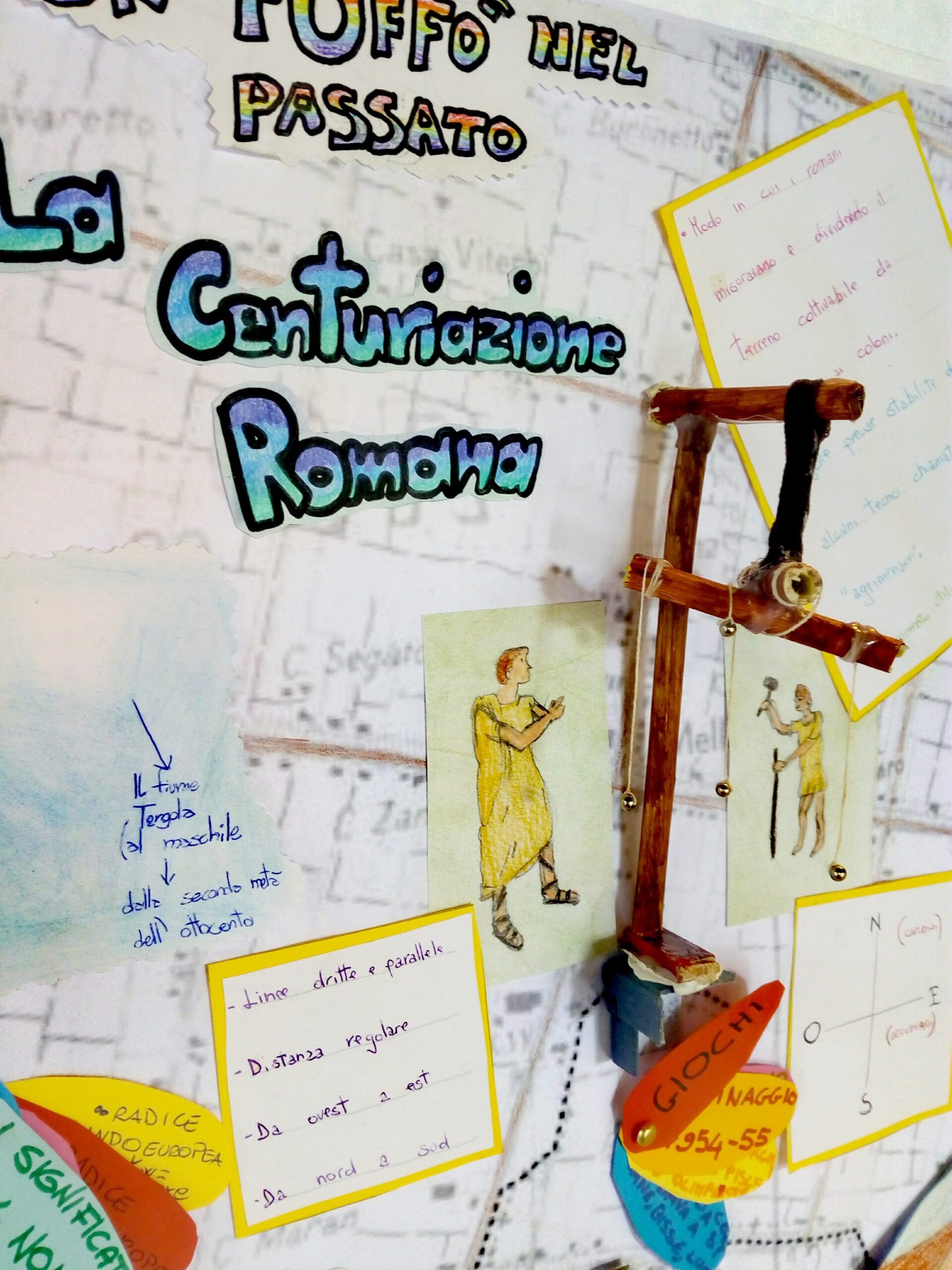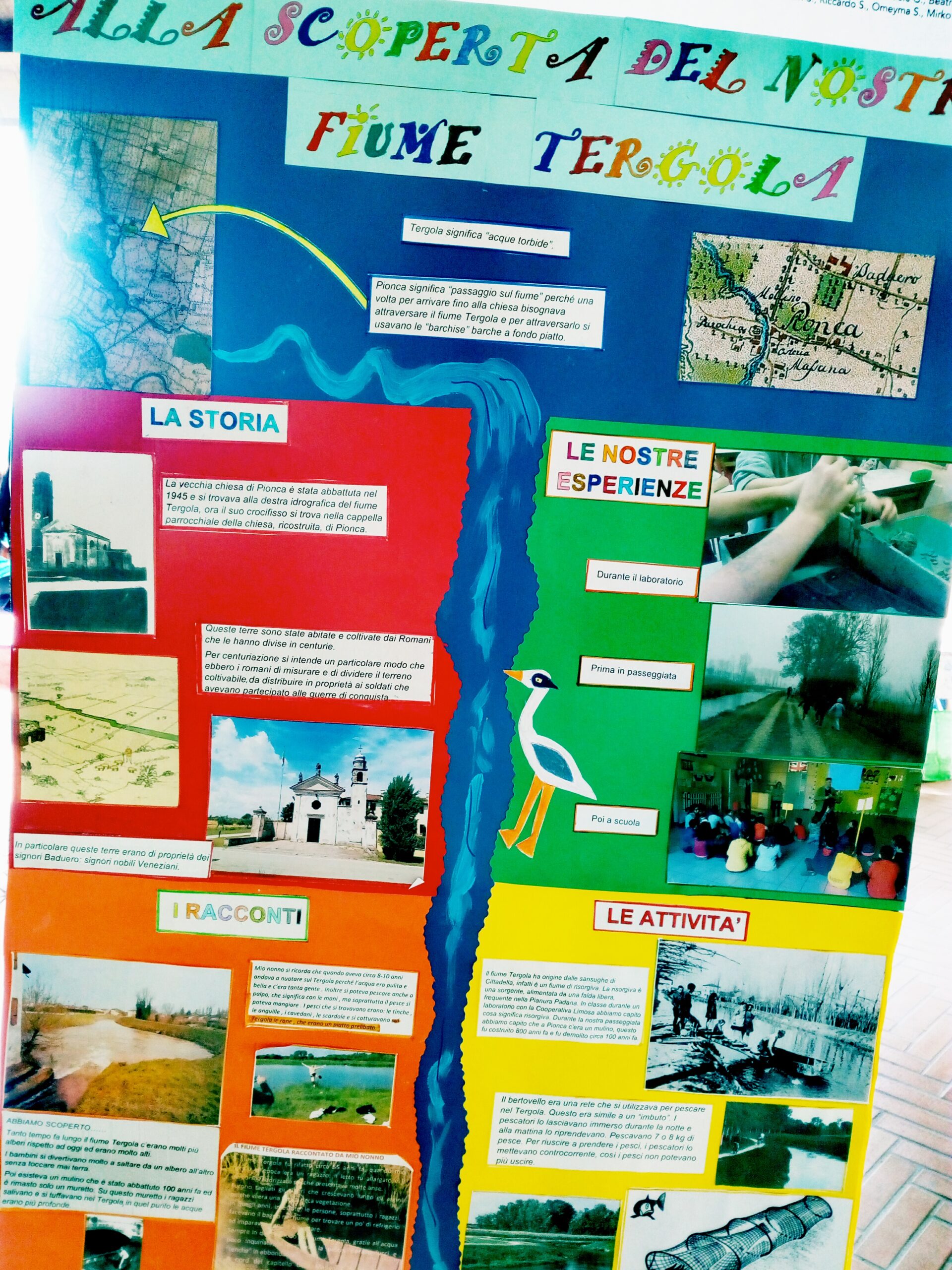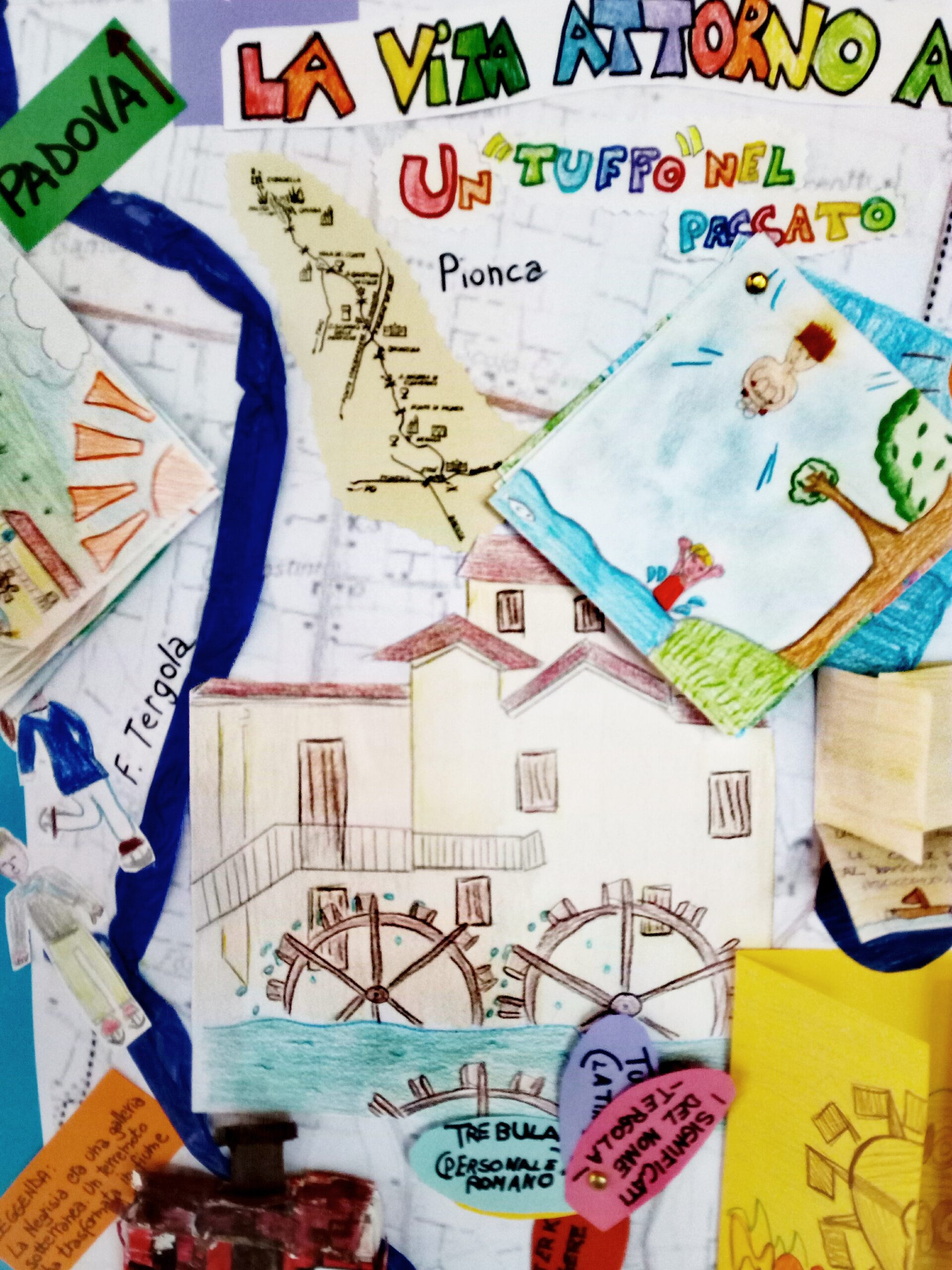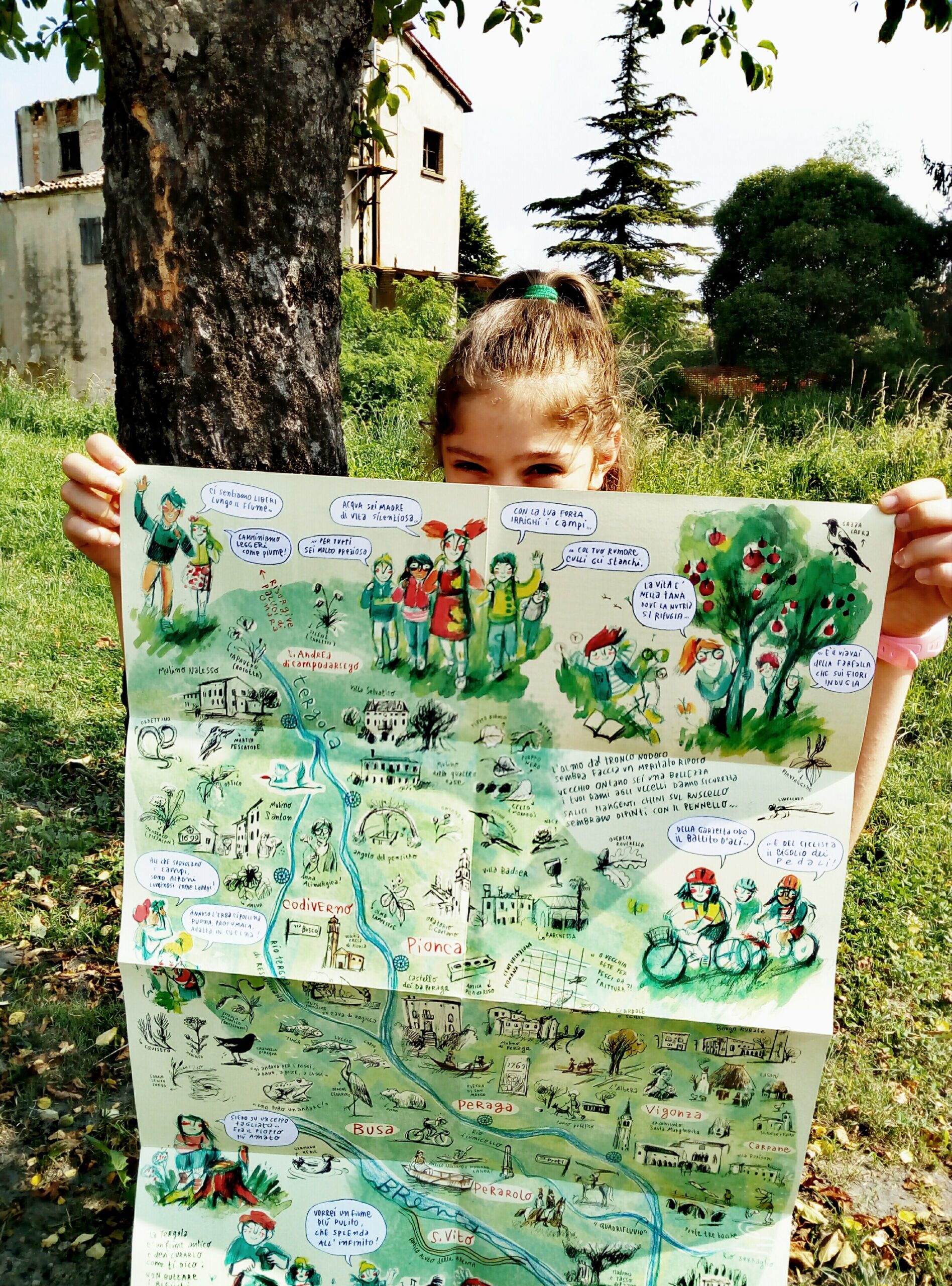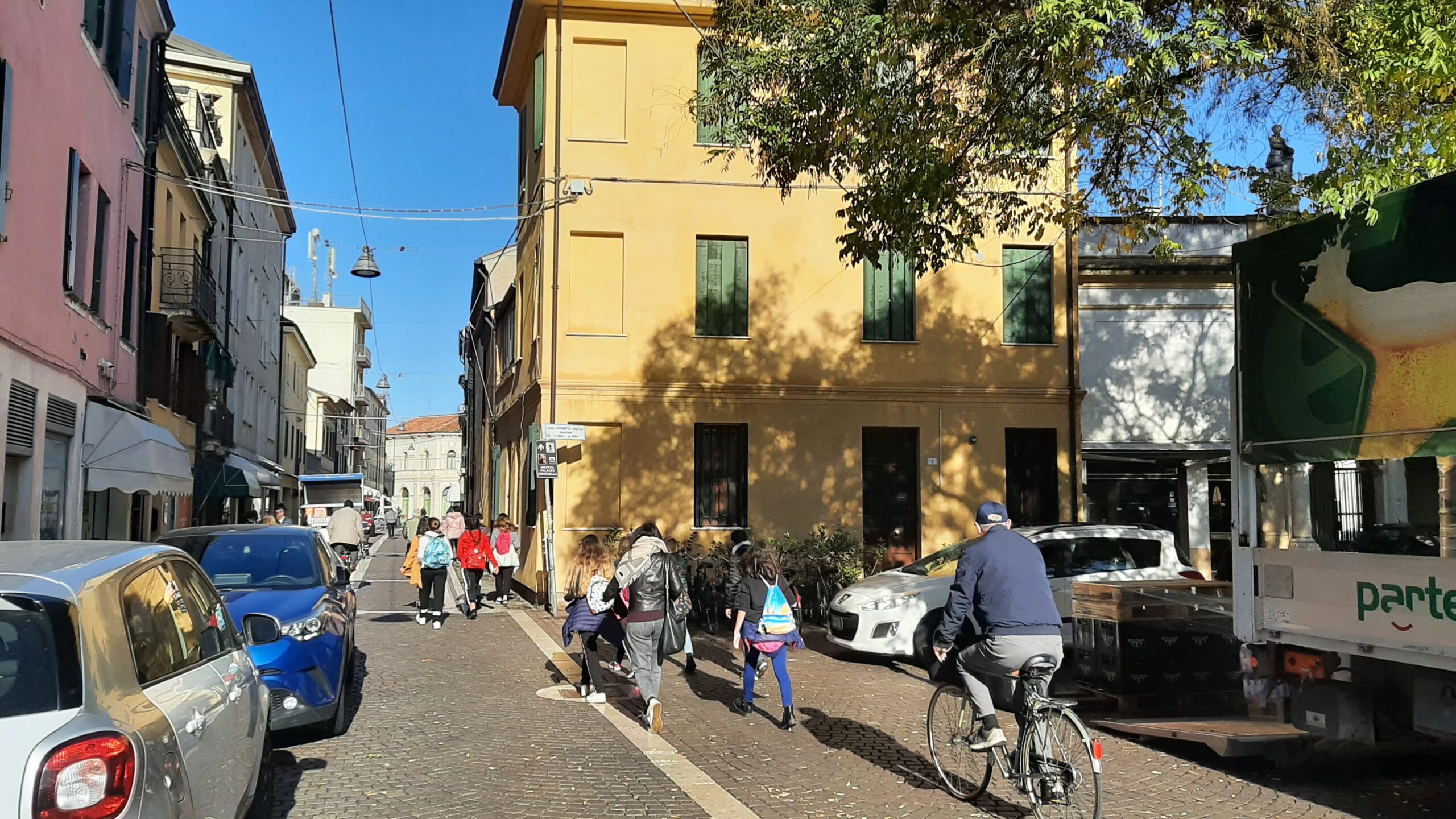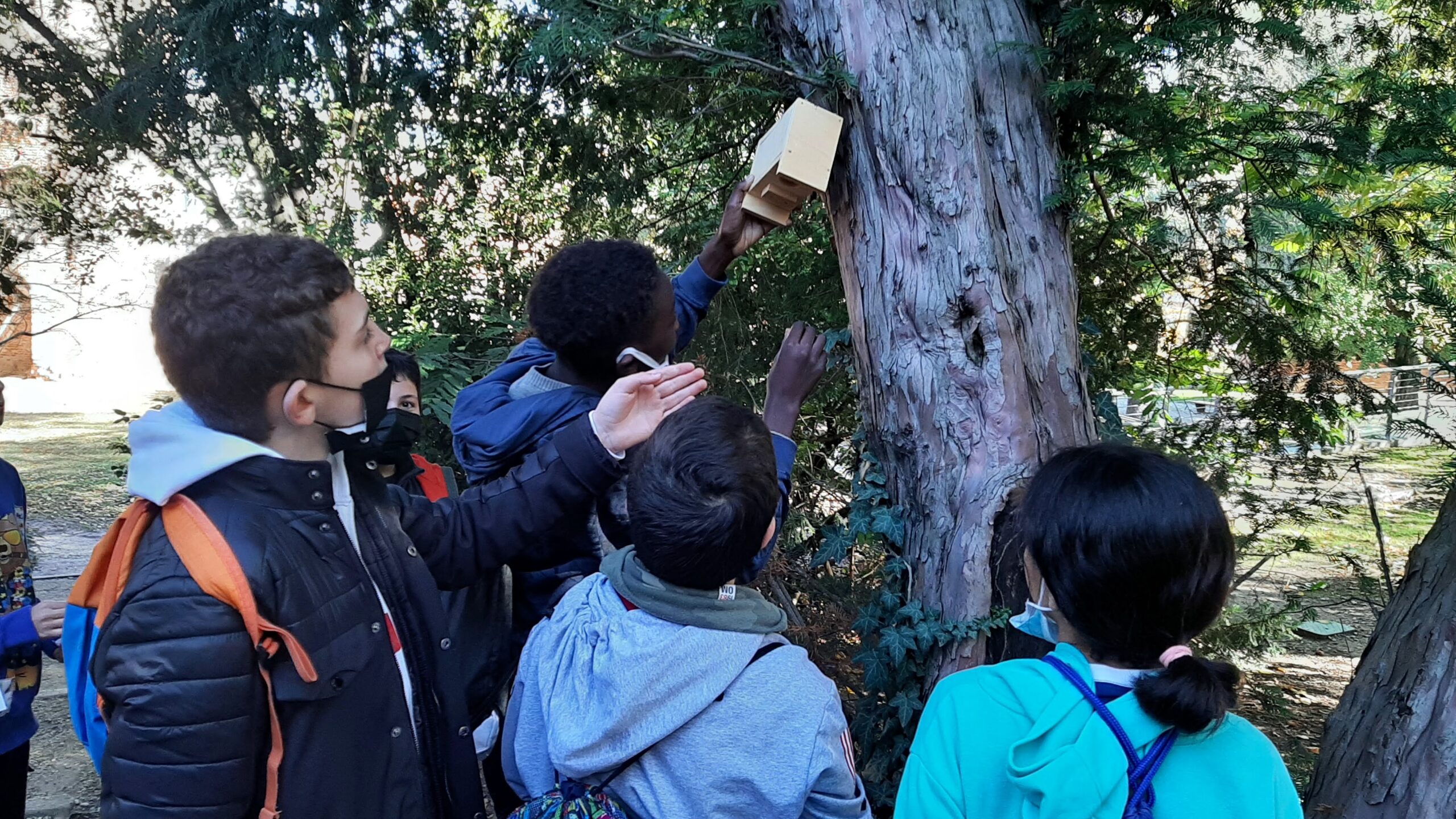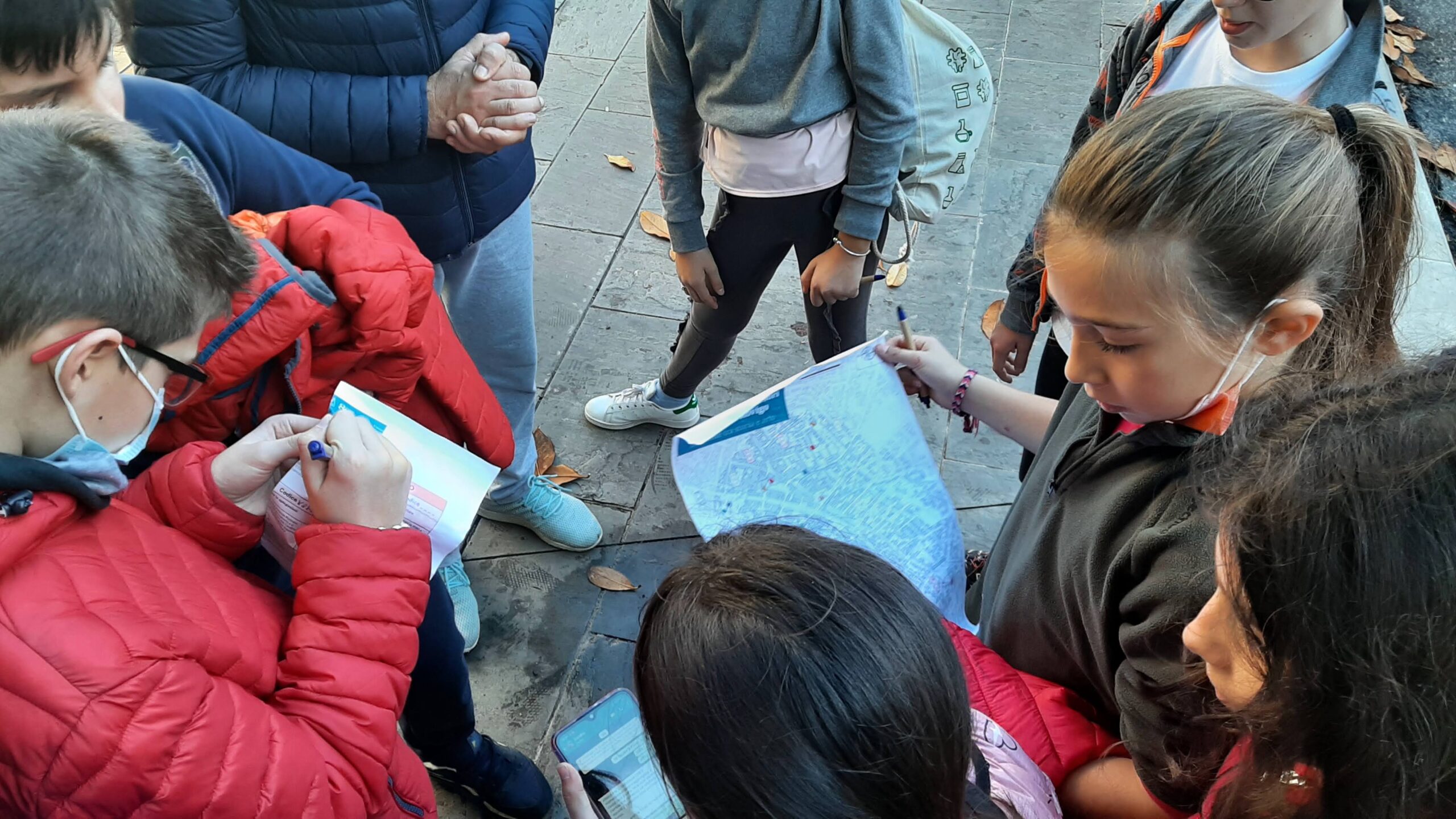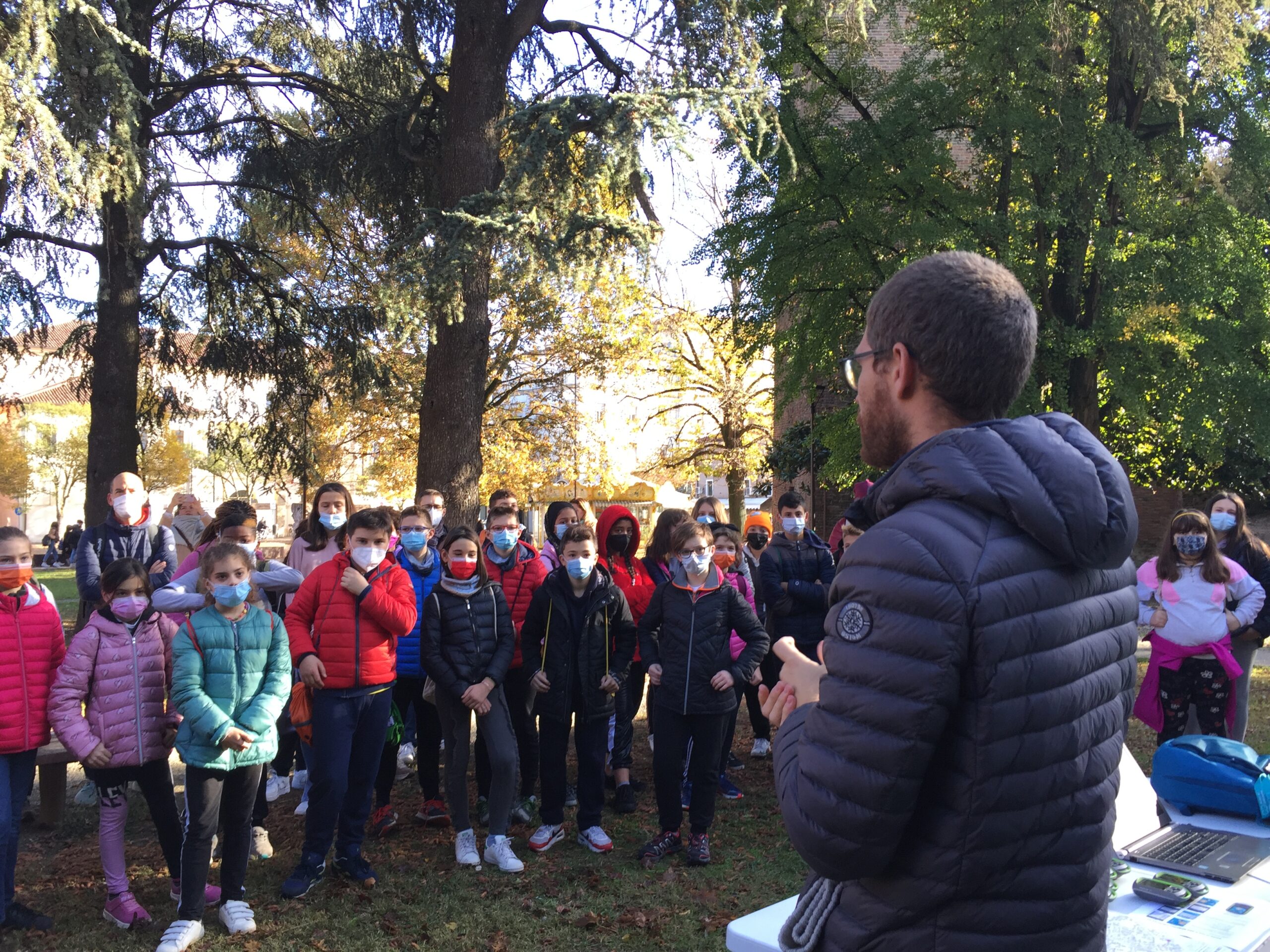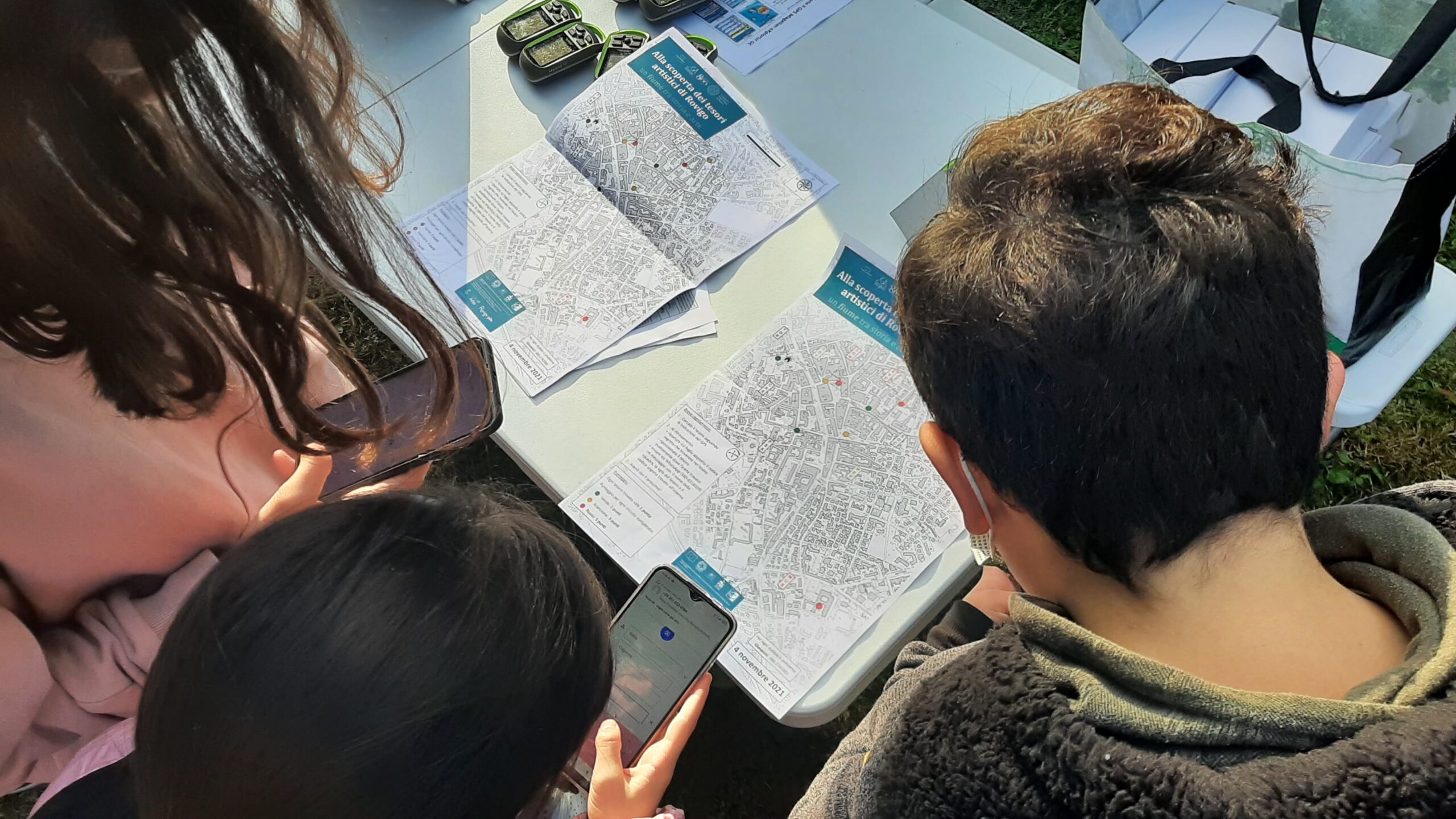Projects
Research and cultural heritage are two deeply interconnected dimensions. In this section, you can find an updated overview of the research projects that involve or have involved the Museum of Geography. You will also find references to bachelor’s and doctoral theses that have studied and enhanced its collections. Finally, you can get an idea of the numerous initiatives through which, together with local partners, the museum has been involved in the enhancement of specific territories.
FRAGILE GAZES
Since 2023 the Museum of Geography has been carrying out the project “Fragile Gazes. The great transformation and landscapes of Mediterranean biodiversity in the photographic collection of Eugenio Turri (1927-2005)“. Starting from an agreement with the heirs of the great geographer and photographer Eugenio Turri, a section of his photographic archive, whose role in documenting the transformations of Italian and world landscapes is of absolute and indisputable relevance, is being organized and digitized by the museum, to involve the widest possible public in reflections on the theme of biodiversity of Mediterranean landscapes and its conservation.
WALC – Walking Landscapes of Urban Cultures
Since 2022 the Museum of Geography has been involved in the research project WALC – Walking Landscapes of Urban Cultures (funded by the PRIN PNRR 2022 call), which aims at a transdisciplinary analysis of walking as a cultural practice and contemporary intangible heritage. Pedestrian mobility becomes the privileged tool for rethinking urban space and stimulating new narratives of the territory. But it is also an alternative mode of observation, capable of reflecting more immersive on city conformations, social and climate changes, and the creation of community. The performative research method applied to urban walking aims to allow the remapping of spaces and the writing of counter-narratives, in ways that are not only individual and self-reflective, but above all participatory, collective, and social.
Among the events promoted by the Paduan hub of the project, coordinated by Giada Peterle, are:
- THE WALKED CITY: PRACTICES OF URBAN ACTIVISM | Presentation of the volume Guide to Rebellious Venice (Voland, 2015) and of OCIO (Civic Observatory for Housing and Residency) with authors Beatrice Barzaghi and Maria Fiano (March 20, 2024)
- CONTEMPORARY NOCTURNES | A literary exploration of Venetian nocturnes (February 2, 2024)
- CHINESE MEMORIES. COMICS AND MAPS OF A MIGRATORY JOURNEY TO THE WEST | Presentation of the volume “Memories. Notes and Maps of a Journey to the West” with authors Ciaj Rocchi and Matteo Demonte (December 4, 2023).
THE LANDS OF THE TERGOLA
The project “The Lands of the Tergola” was born from the desire to restore the lost centrality of the Tergola River by reconnecting its historical, ecological, and social elements. The Tergola is a resurgence river that flows through the plains north of Padua before joining the Naviglio Brenta. Like all resurgence rivers, its slow and steady flow has long made it a small cradle of civilization.
Launched during the 2018/19 school year, the project emerged from a collaboration between the Museum of Geography at the University of Padua, the Municipality of Vigonza (PD), and the Didactic Directorate of Vigonza. Over four successive editions, professional artists (Marina Girardi, Isacco Saccoman) worked alongside primary school classes from Busa, Peraga, Perarolo, Pionca, and Vigonza to create an illustrated map, the interactive comic “The Heron Gastone and the Mysterious Bottle of the Tergola”, the interactive map “Discovering the Treasures of the Tergola”, and The Goose Game of the Tergola.
Designed for both residents and visitors, these initiatives aim to serve as a compass, guiding the region toward greater sustainability and an improved quality of life.
THE LANDS AND WATERS OF THE MUSON
Lands and Waters of the Muson is a participatory mapping project launched during the 2023-2024 school year, focusing on the Muson River, which flows through the territories of Treviso, Venice, and Padua. Heavily altered by human intervention, this watercourse could be described as a river “without a head or tail” due to the 17th-century diversions of the Muson dei Sassi and the Taglio di Mira.
Through the Lands and Waters of the Muson project, the river has become the focus of an active citizenship initiative aimed at historical and environmental enhancement. Primary schools in the region participated in the project, supported by the municipalities of Mirano, Salzano, Santa Maria di Sala, and Noale, in collaboration with the Echidna Association and partnership with the Museum of Geography.
The map of the Muson was created by Marina Girardi.
The project was coordinated by Mauro Varotto.

